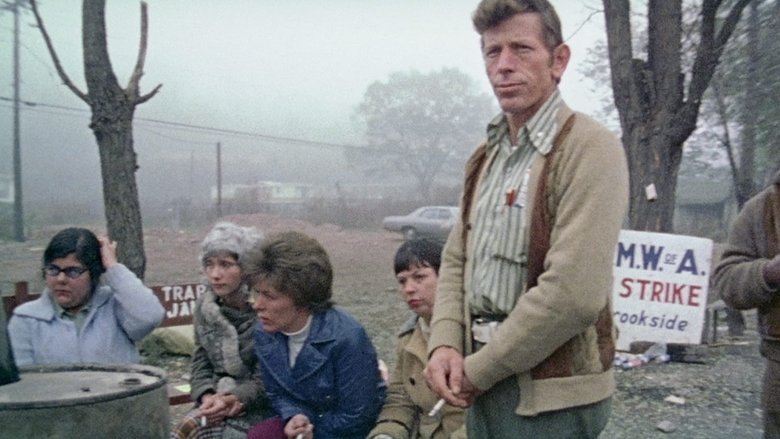Harlan County U.S.A.
Which Side Are You On?
Genres
Documentary
OverView
This film documents the coal miners' strike against the Brookside Mine of the Eastover Mining Company in Harlan County, Kentucky in June, 1973. Eastover's refusal to sign a contract (when the miners joined with the United Mine Workers of America) led to the strike, which lasted more than a year and included violent battles between gun-toting company thugs/scabs and the picketing miners and their supportive women-folk. Director Barbara Kopple puts the strike into perspective by giving us some background on the historical plight of the miners and some history of the UMWA. Preserved by the Academy Film Archive in partnership with New York Women in Film & Television in 2004.
Others
Budget
$--
Revenue
$--
Status
Released
Original Language
English
Runtime
105 mins
Rating
7.5/10
Release Date
23 January 1977
Country
United States of America


